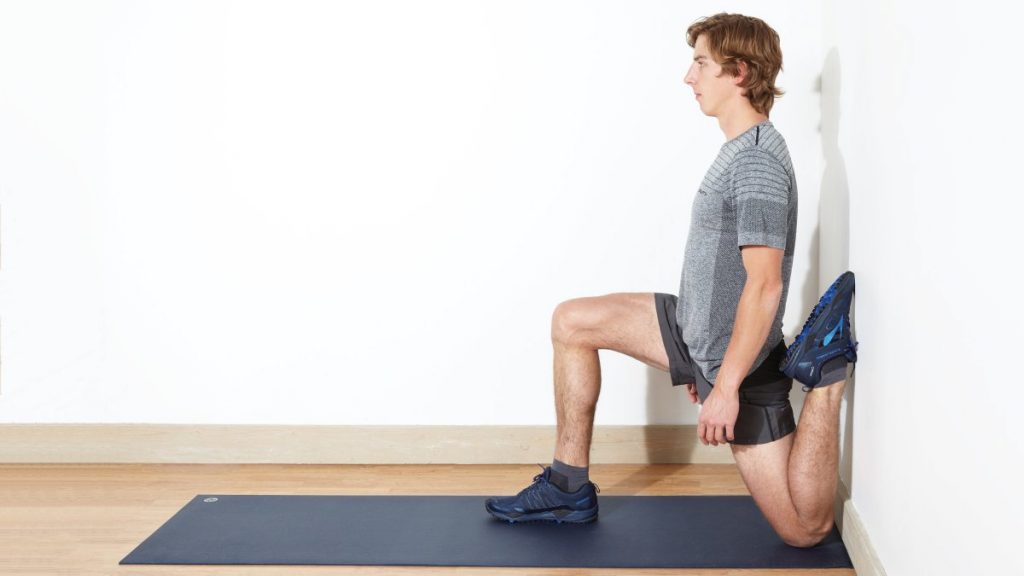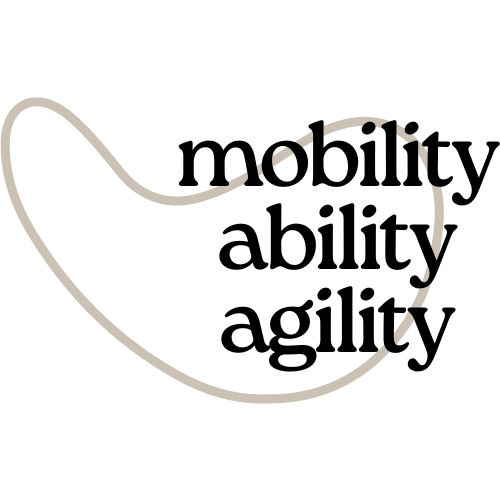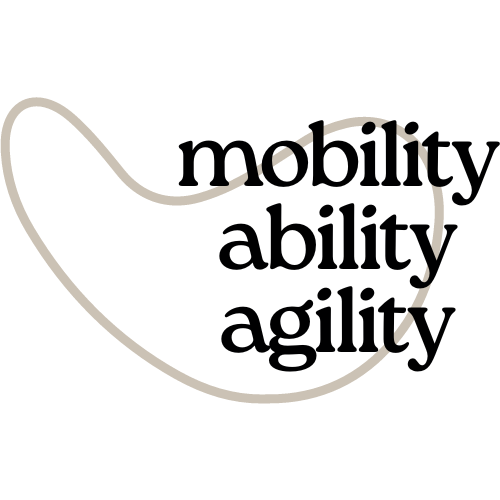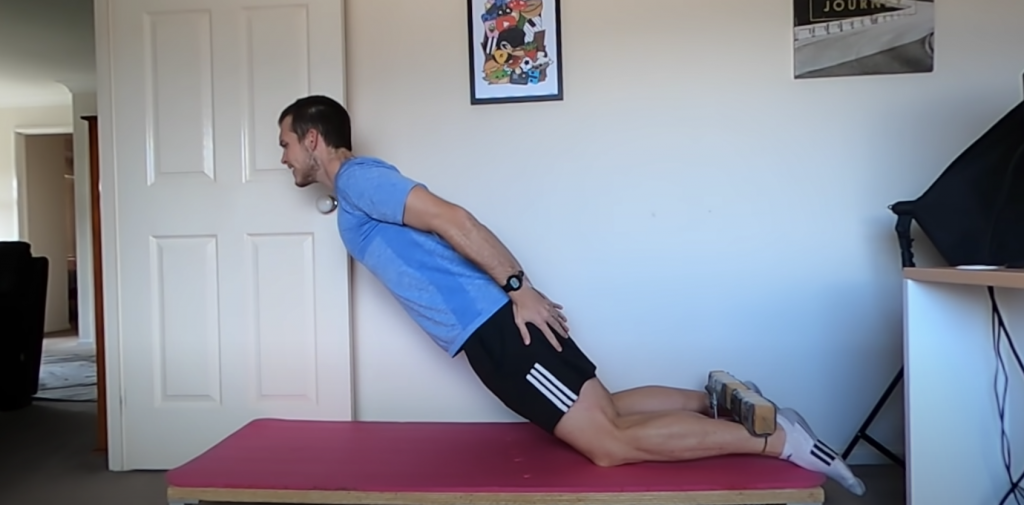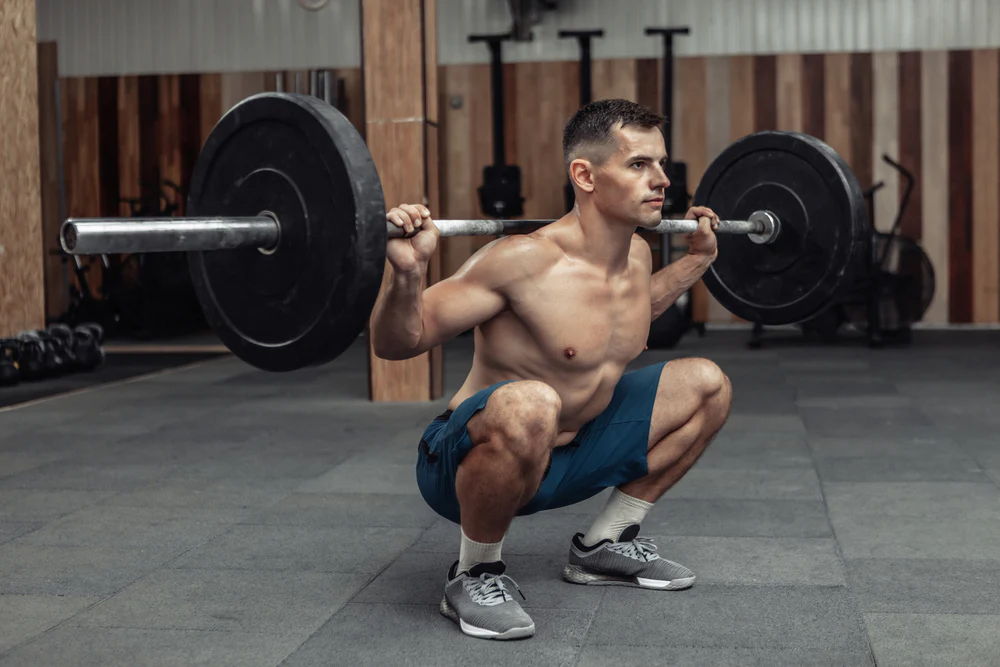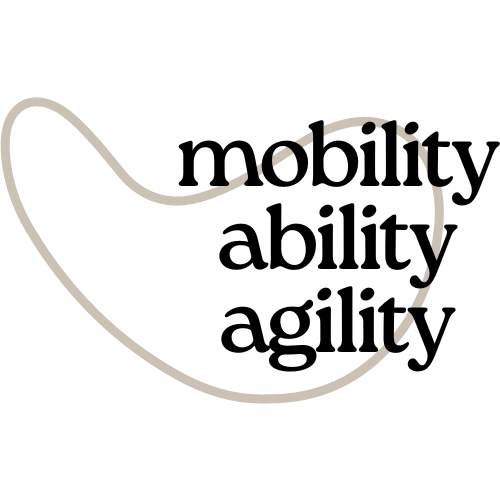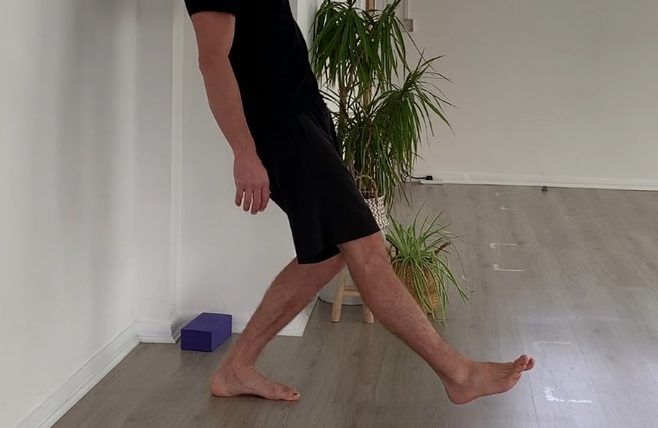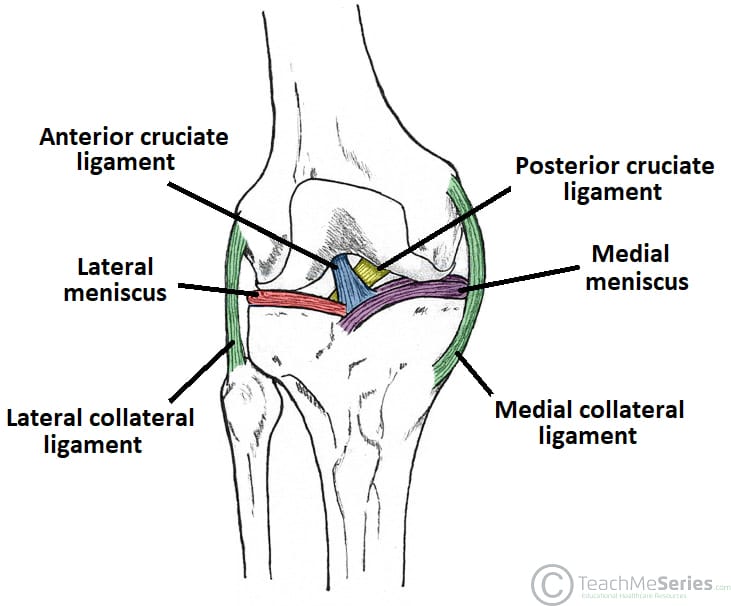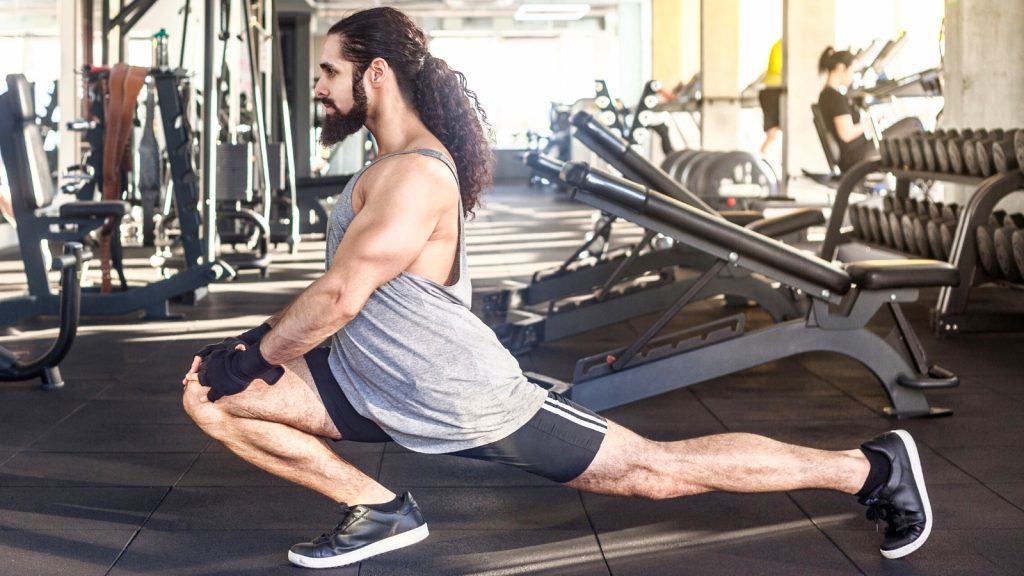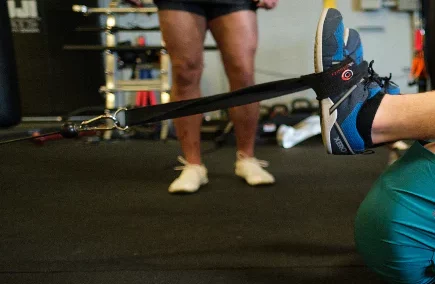
Welcome to mobilityabilityagility.com, your one-stop shop for mobility exercises and training. In this post, we’ll look over the Reverse Squat Strap’s revolutionary effects and efficacy. You may improve your sprinting and leaping ability, build lower body strength, and create sturdy hips by targeting your hip flexor muscles. Ready to release your entire potential by exploring the magic of the Reverse Squat Strap!
Understanding Hip Flexors and Their Crucial Role
Hip flexors are the muscles that elevate your legs during actions such as running and leaping. Your legs get stronger and more powerful as you build your lower body. This increased leg strength necessitates the use of your hip flexors, making it critical to exercise and strengthen these muscles. The Reverse Squat is a game changer because it focuses and improves your hip flexors, allowing them to assist your whole body strength.
Elevate Your Performance with the Reverse Squat Strap
The Reverse Squat Strap is your secret weapon for developing strong hip flexors and realising your athletic potential. By including reverse squats into your training regimen, you may improve both your speed and strength. The Reverse Squat Strap gives you the support and stability you need to improve your technique, enabling you to concentrate on activating your hip flexors and optimising your lower body power.
Benefits of the Reverse Squat Strap for Hip Flexor Development
- Enhanced Hip Flexor Strength: The Reverse Squat Strap especially targets and improves your hip flexor muscles, helping them to match the demands of your lower body strength training.
- Increased Running and Jumping Performance: You may improve your running pace, vertical jump height, and overall athletic performance by creating tough hip flexors.
- Increased Lower Body Power: With the Reverse Squat Strap, you may work different muscle groups in your lower body, resulting in improved power and explosiveness.
- Injury Prevention: Strong hip flexors are essential for maintaining good alignment and lowering the likelihood of injuries including hip discomfort, strains, and imbalances.
- Versatile Training Tool: The Reverse Squat Strap allows you to grow gradually, modify difficulty, and customise your exercises.
Incorporating Reverse Squats into Your Training Routine
- Set up: Provide adequate support and stability by securely attaching the Reverse Squat Strap to a sturdy surface or anchor point.
- Form: Stand facing away from the anchor point, wrap the Reverse Squat Strap around your shoulders or upper arms, and squat with appropriate form and hip flexor engagement.
- Gradual Progression: with less resistance and progressively raise the challenge as your hip flexor strength develops. Pay attention to your body and make any adjustments.
The Reverse Squat Strap is a revolutionary gadget that targets and improves your hip flexor muscles, resulting in improved running, leaping, and general lower body strength. You can unlock the strength and resilience of your hip flexors by introducing this unique strap into your training programme, pushing your performance to new heights. Adopt the Reverse Squat Strap to increase hip flexor strength and reach athletic brilliance like never before!
for more click here


